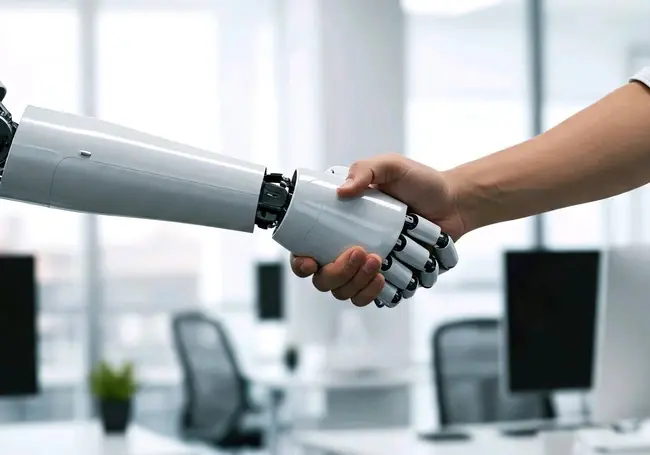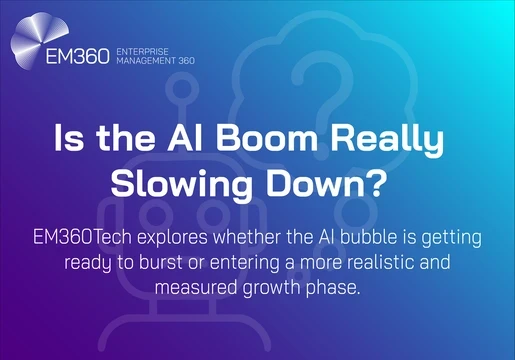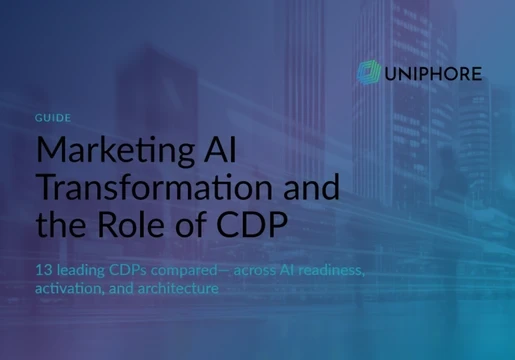The conversations about artificial intelligence's transformative potential have become more focused as we enter the second quarter of the century. Today, the emphasis is shifting toward building and deploying AI agents rather than just AI tools. Many business leaders I speak with remain uncertain about how to develop and capitalize on various agent-based opportunities within their organizations. Those seeking to harness AI effectively can begin by exploring the evolution of AI agents—from basic reactive models to potentially superintelligent systems.
This framework for agentic AI is grounded in computer science, with insights from theoretical psychology and philosophy. Each of the seven levels represents a leap in technical capability and independence. The model outlines how companies can innovate and succeed by transitioning into AI-powered digital economies.

Level 1 — Reactive Agents: Responding to the Present
Reactive agents operate solely in the present. They lack memory and are unable to utilize past experiences to guide their actions. These agents follow basic instructions triggered by specific inputs. In the mid-20th century, pioneers like John McCarthy and Marvin Minsky contributed to developing such systems through finite state machines.
One example is a chatbot that responds using keyword detection or basic content creation. These systems perform effectively in consistent scenarios and are used to manage standard tasks such as customer service or internal workflows.
Progress at this stage involves linking data collection with analysis, user interaction, and dynamic execution.
Level 2 — Task-Specialized Agents: Mastering a Specific Activity
Task-specialized agents excel in narrow domains and often collaborate with human specialists to complete specific tasks.
They drive many of today’s AI tools like fraud detection and medical imaging. These systems stem from expert programs like MYCIN, created in the 1970s and 1980s for diagnosing infections.
Examples include recommendation engines on retail sites or logistics platforms streamlining delivery routes.
To take advantage of this level, organizations must define specific goals. Human experts can then train these tools to achieve optimal outcomes.
Level 3 — Context-Aware Agents: Handling Ambiguity and Complexity
Context-aware agents operate in complex and unpredictable environments by evaluating structured, unstructured, real-time, and historical data. These capabilities have emerged due to progress in machine learning and neural networks, led by researchers like Geoffrey Hinton and Yann LeCun.
In healthcare, they combine patient data with research to support diagnoses. In finance, they detect fraud by analyzing transaction histories and market trends. Urban systems also benefit, with these agents enhancing traffic flow and public services via layered data.
Adopting this level requires dependable machine learning platforms and strong data infrastructures. Decisions must be driven by evidence.
Level 4 — Socially Savvy Agents: Understanding Human Behavior
These agents integrate computing with emotional understanding. They interpret human behavior and intentions to enhance interaction. The concept is rooted in cognitive psychology’s "theory of mind," studied by scholars like Simon Baron-Cohen and Alan Leslie.
For instance, a service agent that adapts responses based on a caller’s vocal tone demonstrates this function. Modern negotiation software and coaching platforms are starting to incorporate similar capabilities.
Building socially aware systems involves investments in natural language processing and affective computing, supported by ethical protocols for managing emotional data.
Level 5 — Self-Reflective Agents: Achieving Inner Awareness and Betterment
Agents at this level can examine their actions and improve over time. The notion of machine consciousness was initially proposed by Alan Turing and expanded by David Chalmers.
These agents evaluate their own performance and adjust behavior accordingly. In manufacturing, they may identify production flaws and recommend improvements. In marketing, they experiment with campaigns and revise strategies in real time.
Nonetheless, challenges such as ethical dilemmas and system instability (e.g., model collapse) remain. Feedback mechanisms and team-based learning can aid their advancement.
Level 6 — Generalized Intelligence Agents: Spanning Domains
Artificial General Intelligence (AGI) aspires to carry out intellectual tasks across various disciplines. John McCarthy and others envisioned machines with cognitive capabilities comparable to humans.
Today’s large language models hint at this potential. These agents can process data, oversee operations, and maintain functions across diverse areas.
Getting ready for AGI involves building systems that unify cross-functional knowledge and ensuring AI objectives align with business priorities.
Level 7 — Superintelligent Agents: Reaching Beyond Human Conception
Superintelligent agents would surpass humans in most areas—from science and economics to leadership. Nick Bostrom popularized this concept. While quantum computing may be essential to achieve it, the consequences pose profound ethical concerns.
These agents could revolutionize healthcare, tackle climate challenges, enhance economies, and push the boundaries of science and neuroscience. They may even forecast and address global threats or reinvent entire industries.
Business leaders and technologists must reimagine operational strategies and evaluate broader societal effects if superintelligence materializes.
Evolving Through the Levels
Climbing the agentic AI ladder takes more than new technologies—it calls for cultural adaptation and forward-looking strategies. Internal resistance often proves a greater barrier than technical hurdles. Companies should evaluate existing capabilities before launching AI initiatives.
Incremental progress works best. For example, applying machine learning to analyze customer behavior can evolve into context-aware systems, which may eventually become socially intelligent tools.
Achieving success demands visionary leadership, a willingness to experiment, and commitment to innovation. AI should be treated as a strategic enabler for sustained growth and value generation.







Comments ( 0 )